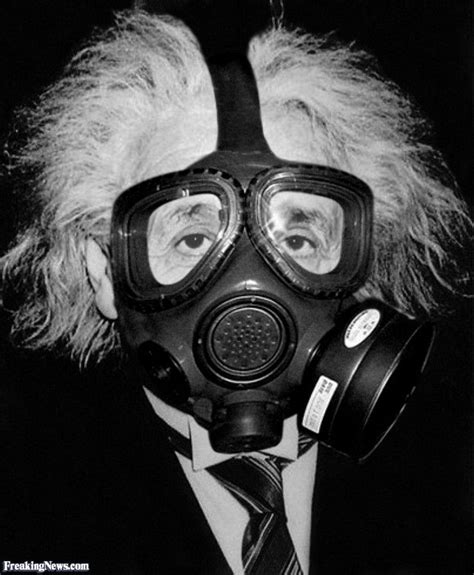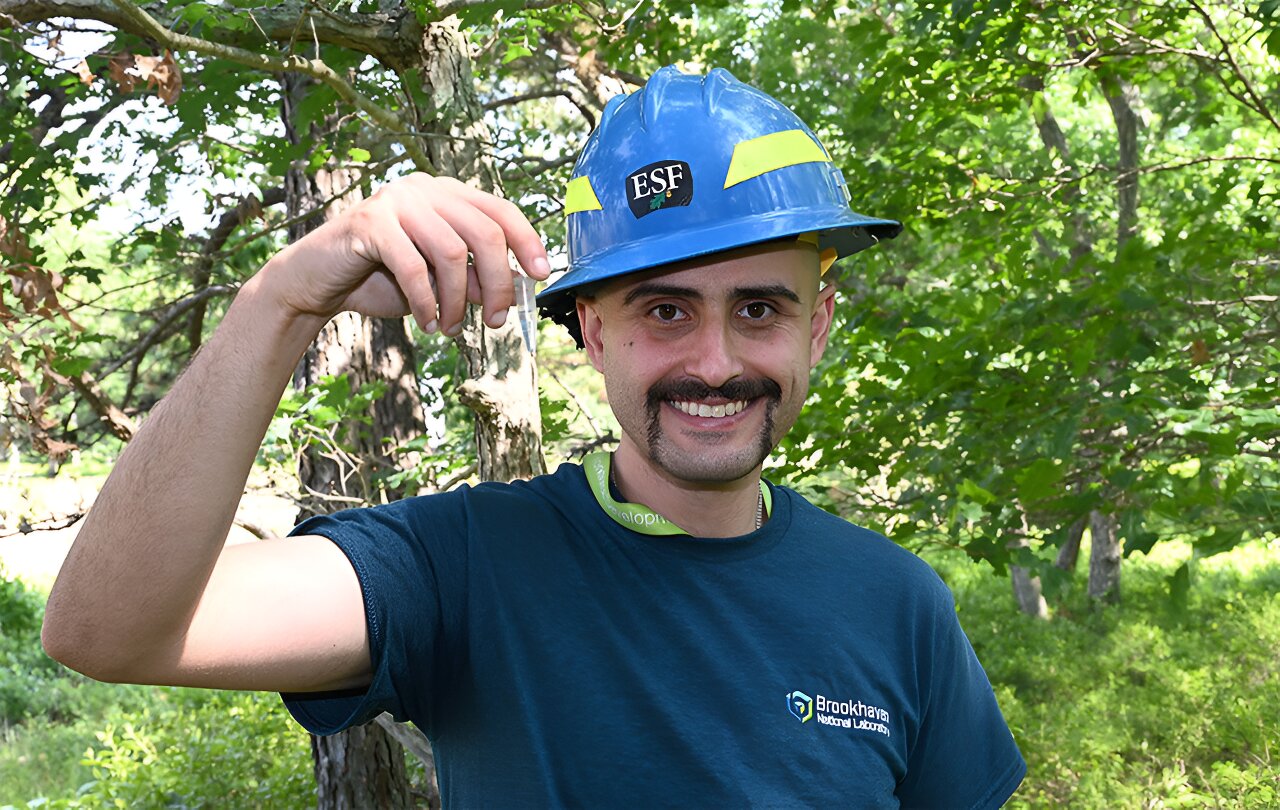Tick larvae feed on small rodents, from which they pick up disease, then they molt to the nymph stage, get another blood meal from another host, and molt to the adult stage. As adults, they mate, and then the female must have another blood meal [likely on a deer] before laying eggs.
A tick that bites a human at any one of these stages could pass on the bacteria, viruses, or parasites that cause the tick-related diseases, he explained.
That means it’s not just the ticks that require study, but rather how they interact with other animals and the whole ecosystem around them.
You must log in or register to comment.


